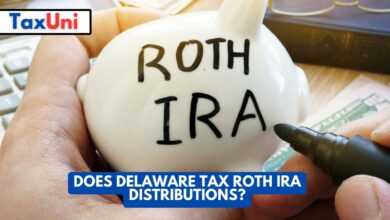ERISA Retirement Plan
The Employee Retirement Income Security Act (ERISA) retirement plan offers significant benefits to workers beyond what non-ERISA workplace savings options provide. This article covers ERISA Retirement plans to help you understand how it works.

ERISA is a federal law that sets minimum standards for retirement and healthcare plans. It also establishes detailed rules for plan participation, vesting and accrual of benefits, and funding. It also requires accountability of plan fiduciaries and prohibits a variety of misconduct. In addition, ERISA protects millions of people’s assets by ensuring that the money they put aside for their retirement will be there when they retire. ERISA covers most employer-sponsored retirement and healthcare plans. However, there are some exceptions to this rule – for example, ERISA does not cover social security and plans offered by government entities (like municipal or state governments), and churches do not have to comply with the ERISA statute. For plans covered by ERISA, the law requires that certain disclosures and reporting be made to the federal government. It also provides for a process for appeals of adverse decisions or actions by a plan administrator or fiduciary.
Employees of a covered plan are entitled to a summary document called a Summary Plan Description (SPD) that details the important facts about their pension plan and how it operates. The SPD must be provided to them regularly and automatically by the plan administrator or available upon request without charge or copying fees. The ERISA rules also include detailed investment rules, which require that a plan’s assets be prudently invested solely in the interest of its participants. ERISA also requires establishing an independent governing body to review and approve all investment transactions. Whether your organization is considering offering a new retirement or healthcare plan, you should consult with a knowledgeable attorney to ensure that your plan complies with the complex rules of ERISA.

ERISA and SPD
One of the key provisions in ERISA is that all plan administrators must make available to all employees a document called a summary plan description, or SPD. This document tells employees what their coverage options are, when they can start contributing to the plan, how long they will have to wait to receive benefits, and other important information about the operation of the plan. It also includes a brief statement of the employee’s rights under ERISA.
The law also sets minimum standards for vesting, funding, and other matters affecting the operation of pension and welfare benefit plans, requires detailed reporting to the government, and provides legal protections against discrimination in plan participation. Two principal exceptions to ERISA are Social Security and plans established by governmental entities or churches for their employees, which are governed by state laws. Many workers, however, have elected to roll over their contributions from these non-ERISA plans into individual retirement accounts such as IRAs and SEP IRAs.





